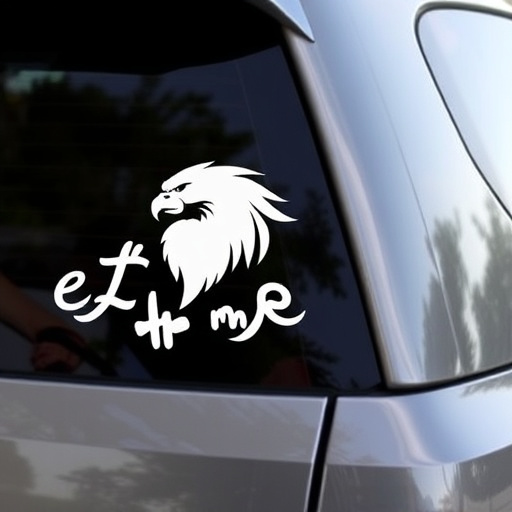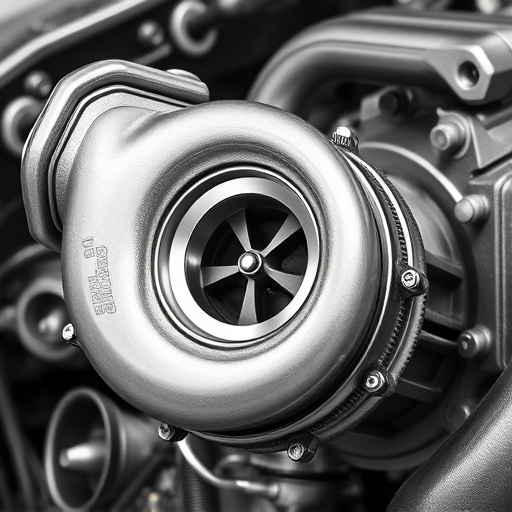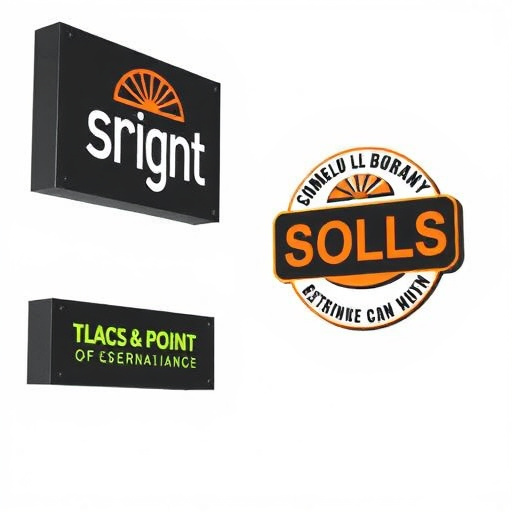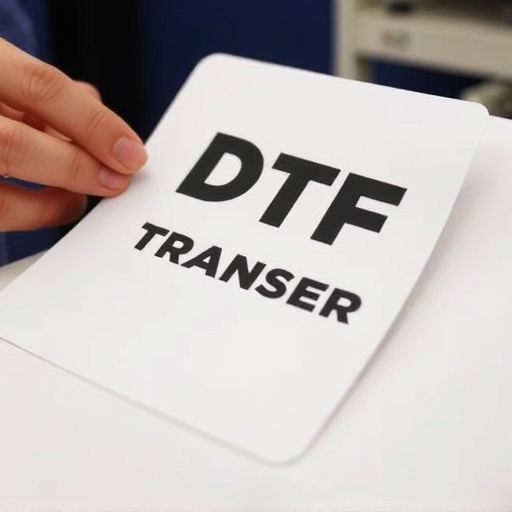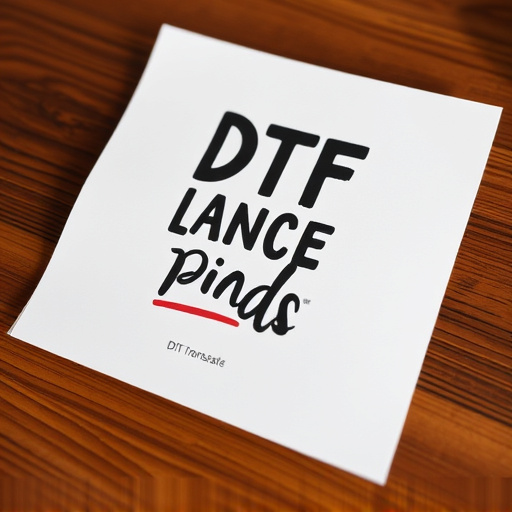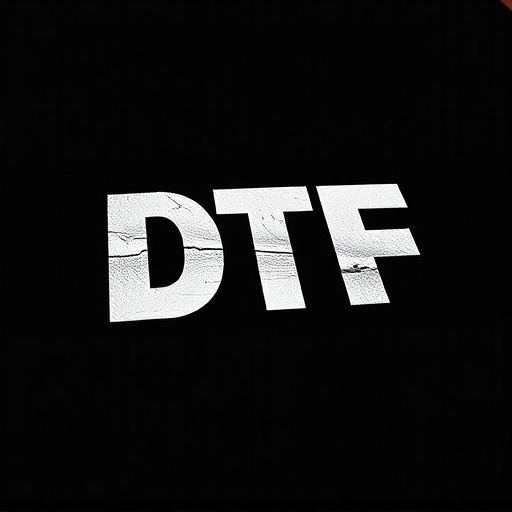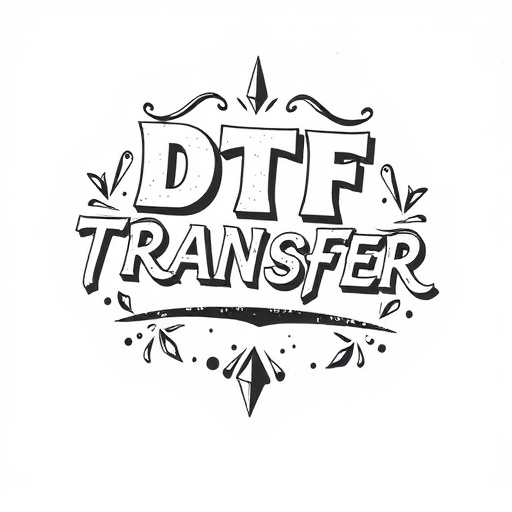Direct-to-Film (DTF) transfer is a cutting-edge process that reproduces intricate digital illustrations accurately on film and various substrates like fabric and paper. Using specialized software and equipment, DTF ensures high-resolution detail capture, precise color representation, and versatility for artists and designers across diverse industries. Key aspects include material selection for optimal print quality, meticulous surface preparation for ink adhesion, and advanced coating techniques to preserve intricate designs. DTF Printing's direct approach streamlines production while delivering unparalleled accuracy in reproduction, making it ideal for limited-edition prints and custom projects.
“Discover the captivating world of DTF (Direct to Film) transfers – a groundbreaking process that transforms intricate illustrations and designs into tangible, vibrant film prints. From the initial understanding of this technique to the final artistic product, this comprehensive guide explores the entire DTF journey. Learn about the meticulous process, from choosing the right materials to capturing complex designs, and unlock the benefits that DTF Printing offers artists and creators. Prepare to be inspired as we showcase real-world applications, proving that DTF is a game-changer for bringing art to life.”
- Understanding DTF Transfer: A Comprehensive Guide
- The Process: From Illustration to Film
- Choosing the Right Materials for Optimal Results
- Techniques for Capturing Complex Designs
- Benefits of DTF Printing: Unlocking Creative Possibilities
- Real-World Applications: Bringing Art to Life
Understanding DTF Transfer: A Comprehensive Guide

The Direct-to-Film (DTF) transfer process is a cutting-edge technique revolutionizing the way we reproduce and preserve intricate illustrations and designs. It offers an unparalleled level of detail and accuracy, making it a game-changer for artists, collectors, and archivists alike. DTF involves a complex yet precise method where original artwork, whether traditional or digital, is directly transferred onto film, ensuring every stroke, shade, and texture is captured with remarkable fidelity. This innovative approach eliminates the need for intermediate steps, resulting in high-quality prints that can be further processed for various applications.
DTF Printing leverages specialized equipment and materials to create negative films that perfectly replicate the original art. These negatives are then used to expose photo-sensitive papers or fabrics, producing DTF Prints with stunning visual fidelity. The process allows for a wide range of media types, from fine art prints on canvas to intricate patterns on textiles, making it versatile and adaptable to diverse creative needs. By embracing DTF Transfer, artists can ensure their works are accurately represented, preserving the artistic vision for generations to come.
The Process: From Illustration to Film
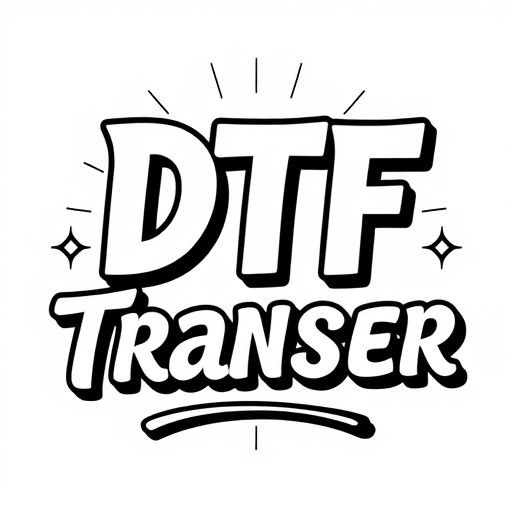
The process of transforming detailed illustrations and designs into film transfers, often referred to as DTF (Direct-to-Film) transfer or printing, involves a meticulous journey from digital art to physical medium. It begins with high-resolution digital artwork, which is meticulously scanned or digitally created to capture every intricate detail. This digital file becomes the blueprint for the final product.
Through specialized software and techniques, the digital illustration is then converted into a format compatible with film printing machines. The DTF transfer process involves precisely exposing light-sensitive film to the digital image, creating a negative that will ultimately produce positive prints. This exposure is carefully controlled to ensure accuracy and fidelity to the original art. Subsequently, these films are processed, allowing for the reproduction of the illustration or design on various substrates like fabric, paper, or metal. DTF printing offers an exceptional level of detail and color accuracy, making it a preferred method for creating high-quality, long-lasting prints from intricate illustrations.
Choosing the Right Materials for Optimal Results

When transforming detailed illustrations and designs into film transfers using a process like DTF (Direct to Film) transfer, selecting the right materials is paramount for achieving optimal results. The first consideration is the quality of the film stock. High-resolution, fine-grain films ensure crisp details and vibrant colors in the final prints. Choosing the appropriate ink or dye for DTF printing is equally important; it should be compatible with your chosen film to produce accurate color representation and ensure longevity of the transfer.
Additionally, the surface preparation of both the illustration/design and the film is crucial. Proper cleaning and conditioning of the surfaces ensures optimal adhesion between the ink and the film, leading to clear, precise prints. Using specialized coatings or primers can enhance this process, creating a seamless fusion that preserves the intricate details inherent in detailed illustrations and designs, resulting in stunning DTF prints.
Techniques for Capturing Complex Designs

In the realm of transforming detailed illustrations and designs into film transfers, several advanced techniques have emerged to capture complex visual elements seamlessly. One such method is the Direct-To-Film (DTF) Transfer process, which enables direct printing onto various media, including fabric, paper, and metal. DTF Printing offers unparalleled precision, ensuring that intricate patterns and lines are reproduced accurately without compromising quality. This technique involves specialized equipment that exposes the design onto a film positive, which is then precisely transferred onto the desired substrate.
For complex designs with fine details, DTF Transfer provides an exceptional level of control. It allows artists to play with transparency, opacity, and color intensity, creating depth and dimension in the final print. By manipulating the exposure time and settings, intricate details can be highlighted or softened as desired, making it a versatile method for diverse artistic visions. The direct nature of DTF Printing eliminates the need for intermediate steps, streamlining the process from design to finished product, especially suitable for small-batch production and custom orders.
Benefits of DTF Printing: Unlocking Creative Possibilities
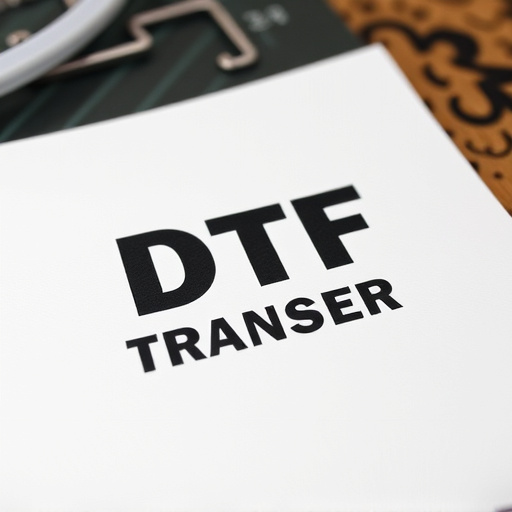
Detailed and intricate illustrations and designs can come to life in a whole new dimension when transformed into DTF (Direct-to-Film) transfers. This innovative printing technique offers artists and creators an incredible range of creative possibilities. DTF Printing allows for precise reproduction of high-resolution digital art, ensuring every fine line, subtle shade, and intricate detail is captured perfectly on film.
One of the key benefits of DTF Printing is its ability to preserve the artistic vision with remarkable accuracy. It provides a direct medium for translating digital creations into tangible, long-lasting prints. Whether it’s a painter looking to etch their digital masterpieces onto canvas or a graphic designer seeking to print complex illustrations on various materials, DTF offers versatility and consistency. This process enables artists to explore new mediums, experiment with unique finishes, and even create limited-edition art pieces, all while maintaining the original digital artwork’s integrity.
Real-World Applications: Bringing Art to Life
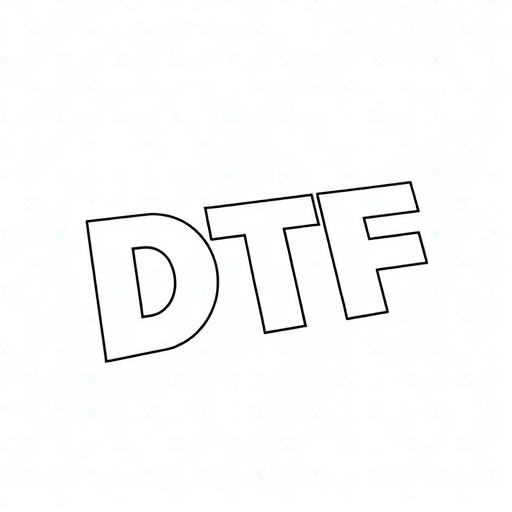
In the realm of art and technology convergence, detailed illustrations and designs transformed into film transfers (DTF) open up a world of possibilities. DTF Transfer, or Direct to Film Transfer, is a process that brings artistic visions to life with remarkable accuracy. This technique involves transferring intricate patterns, artwork, and even photographs directly onto various surfaces, revolutionizing the way we think about design applications. From fashion and textiles to signage and decorative arts, DTF Printing offers endless creative opportunities.
Real-world applications of DTF Transfer are diverse and captivating. In the fashion industry, designers can create unique clothing lines with custom prints, patterns, and graphics that stand out in a crowded market. For example, DTF Prints can be used to produce limited-edition t-shirts or accessories with artistic flair. In signage, DTF is utilized for creating eye-catching murals, banners, and promotional materials, adding depth and vibrancy to public spaces. Moreover, the process enables artists to reproduce their fine art pieces onto various mediums, ensuring that their creations are accessible to a broader audience while preserving the original detail and quality.



